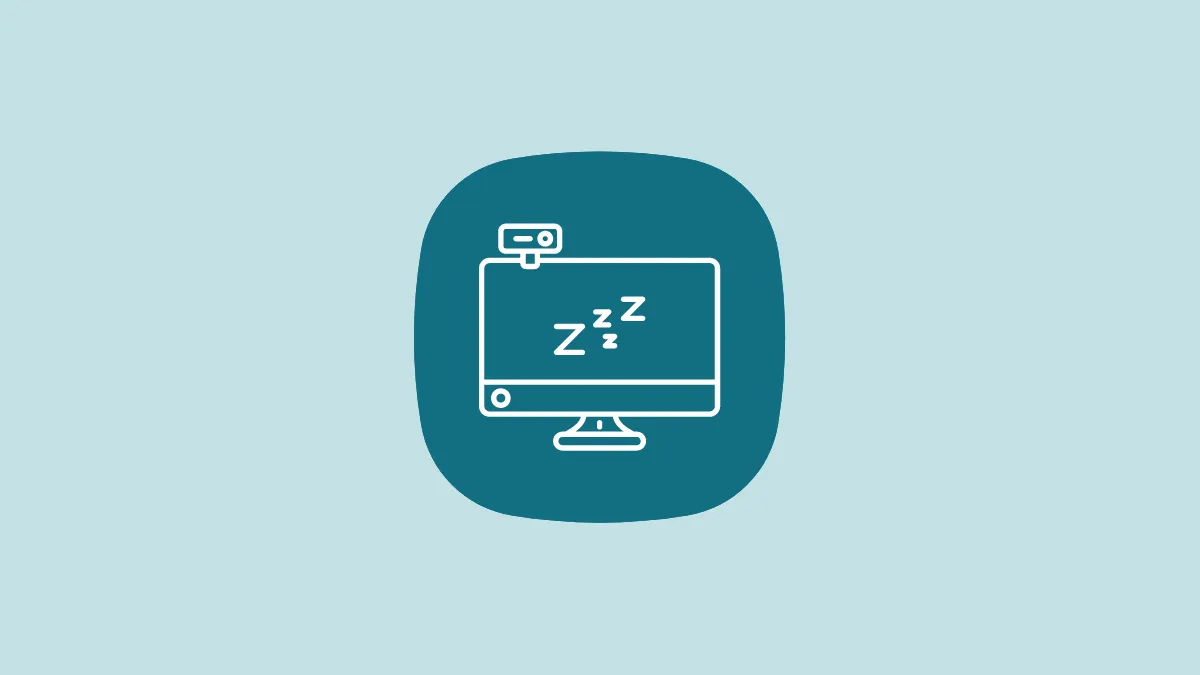Preventing your Windows 11 computer from entering sleep mode can be crucial, especially if you're running background tasks or prefer not to enter your password repeatedly. Fortunately, Windows 11 offers several ways to adjust your sleep settings to keep your computer awake when left unattended.
Change Sleep Settings via the Settings App
Step 1: Open the Settings app by clicking on the Start Menu and selecting the gear icon, or press Windows+I on your keyboard.

Step 2: In the Settings window, ensure the 'System' tab is selected on the left sidebar.

Step 3: On the right side, click on 'Power & battery' to access power settings.
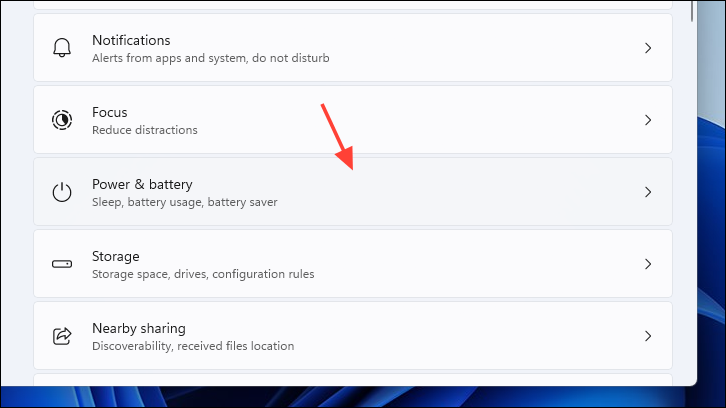
Step 4: Under the 'Screen and sleep' section, click the drop-down menu next to 'On battery power, put my device to sleep after' and select 'Never'. Do the same for 'When plugged in, put my device to sleep after', ensuring both are set to 'Never'.
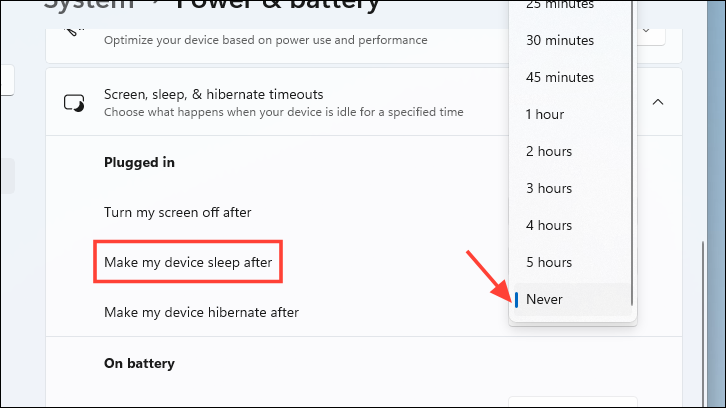
Adjust Sleep Settings Using the Control Panel
If you prefer using the Control Panel, you can change the sleep settings through it as well.
Step 1: Open the Control Panel by searching for it in the Start Menu.

Step 2: In the Control Panel window, click on 'Power Options'.

Step 3: Click on 'Change when the computer sleeps' from the left sidebar.
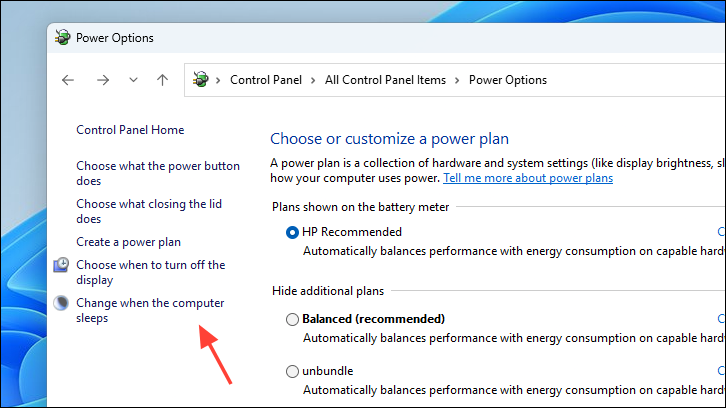
Step 4: Set both 'Put the computer to sleep' options to 'Never' for 'On battery' and 'Plugged in'. Then, click 'Save changes'.
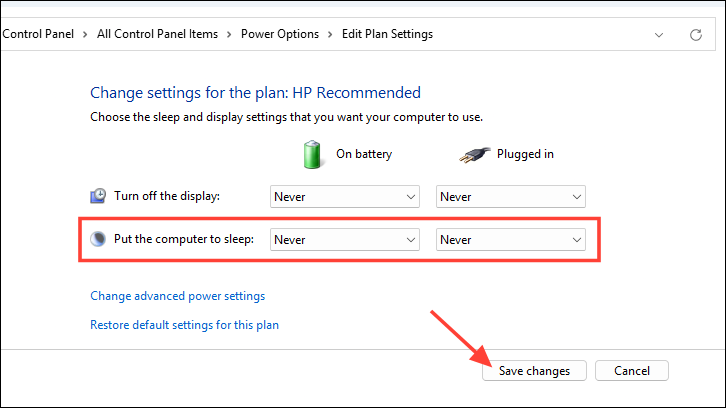
Disable Sleep Mode Using the Group Policy Editor
You can also use the Local Group Policy Editor to modify sleep settings for all users on your computer. This method is particularly useful in business environments or when you need to enforce settings across multiple accounts.
Step 1: Press Windows+R to open the Run dialog box. Type gpedit.msc and click 'OK' to launch the Local Group Policy Editor.

Step 2: In the Group Policy Editor, navigate to Computer Configuration > Administrative Templates > System.
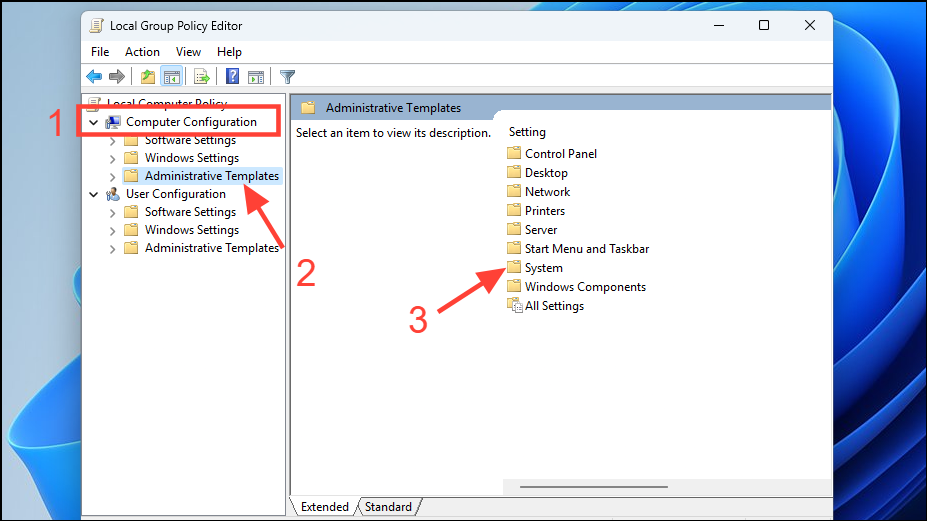
Step 3: Double-click on 'Power Management' in the right pane.
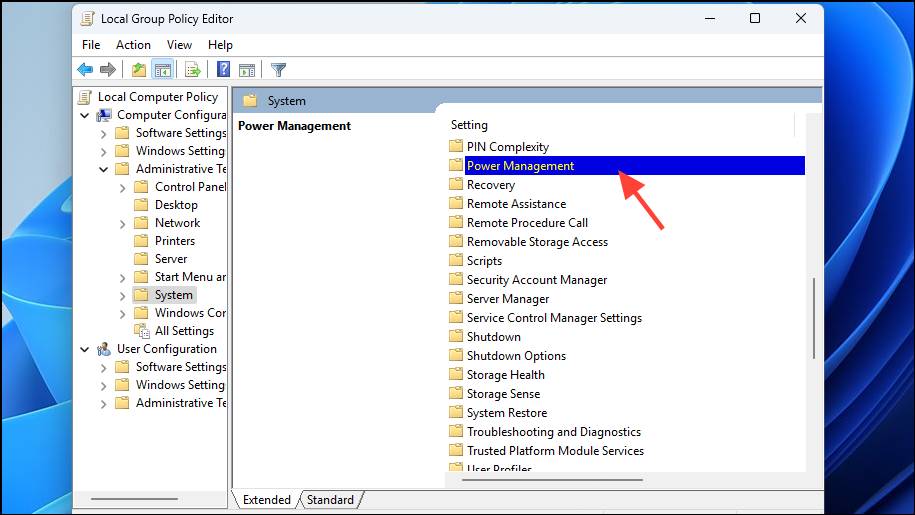
Step 4: Double-click on 'Sleep Settings' to view the sleep-related policies.
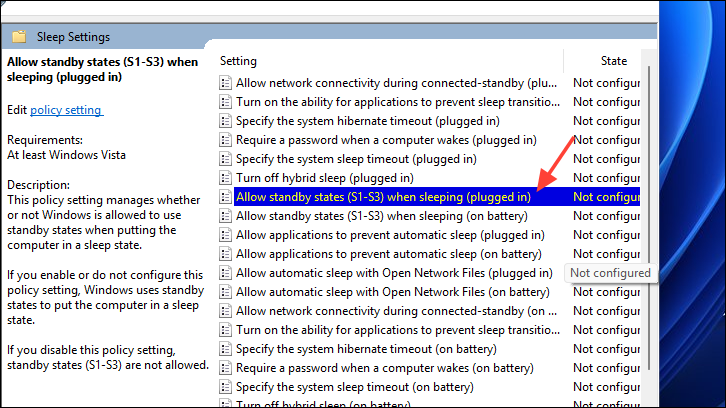
Step 5: Find 'Allow standby states (S1-S3) when sleeping (plugged in)' and double-click it. Set it to 'Disabled', click 'Apply', and then 'OK'.
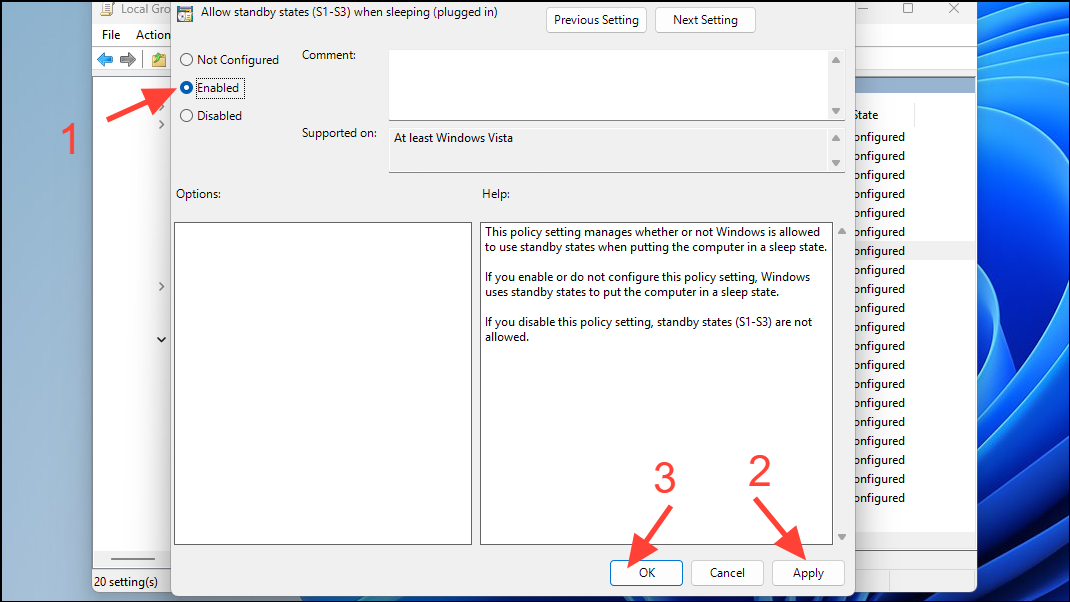
Step 6: Repeat the same steps for 'Allow standby states (S1-S3) when sleeping (on battery)'. Set it to 'Disabled', click 'Apply', and then 'OK'.
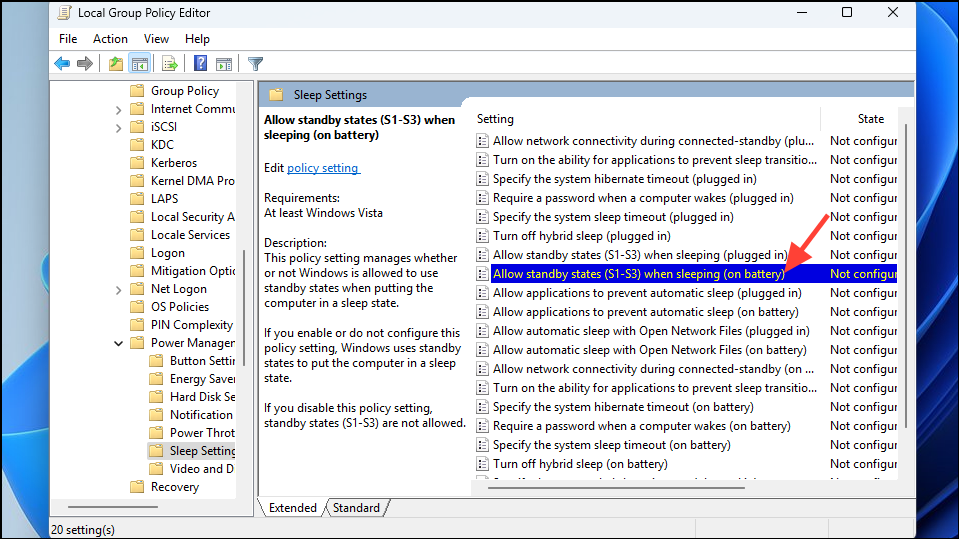
Step 7: Restart your computer to apply the changes. Your PC will no longer enter sleep mode automatically.
Use Microsoft PowerToys to Prevent Sleep Mode
If you are unable to change sleep settings through the Settings app or Control Panel, you can use Microsoft PowerToys to keep your computer awake.
Step 1: If you haven't installed Microsoft PowerToys, you can download it from the Microsoft Store using the link below.

Step 2: Launch PowerToys by searching for it in the Start Menu.
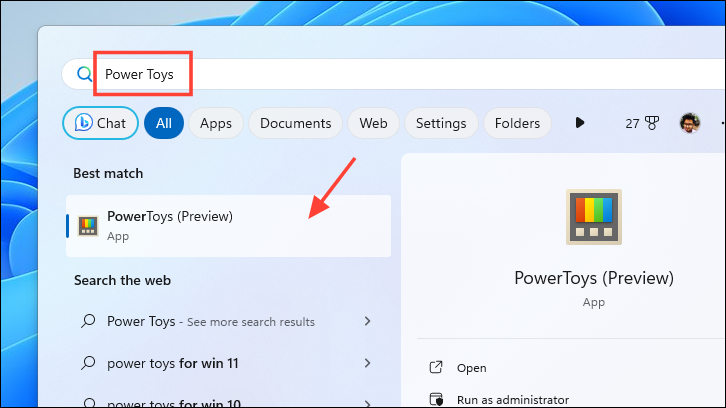
Step 3: In PowerToys, select 'Awake' from the left sidebar.
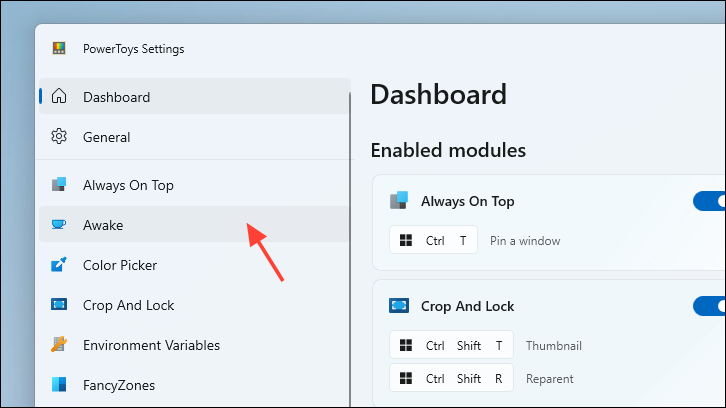
Step 4: Toggle 'Enable Awake' to 'On' to reveal additional settings.

Step 5: Under 'Behavior', select 'Keep awake indefinitely' from the drop-down menu. Optionally, enable 'Keep screen on' if you don't want the display to turn off.

Step 6: Restart your computer for the changes to take effect. Remember that PowerToys must be running in the background for this to work.
By adjusting your Windows 11 sleep settings using any of these methods, you can prevent your computer from entering sleep mode when left unattended. This ensures that background tasks run uninterrupted and you can return to your work without delays.

